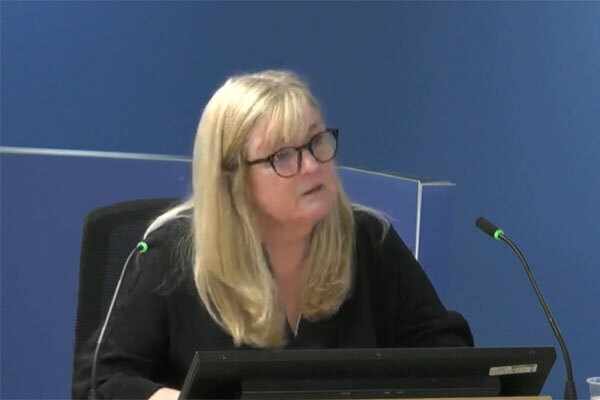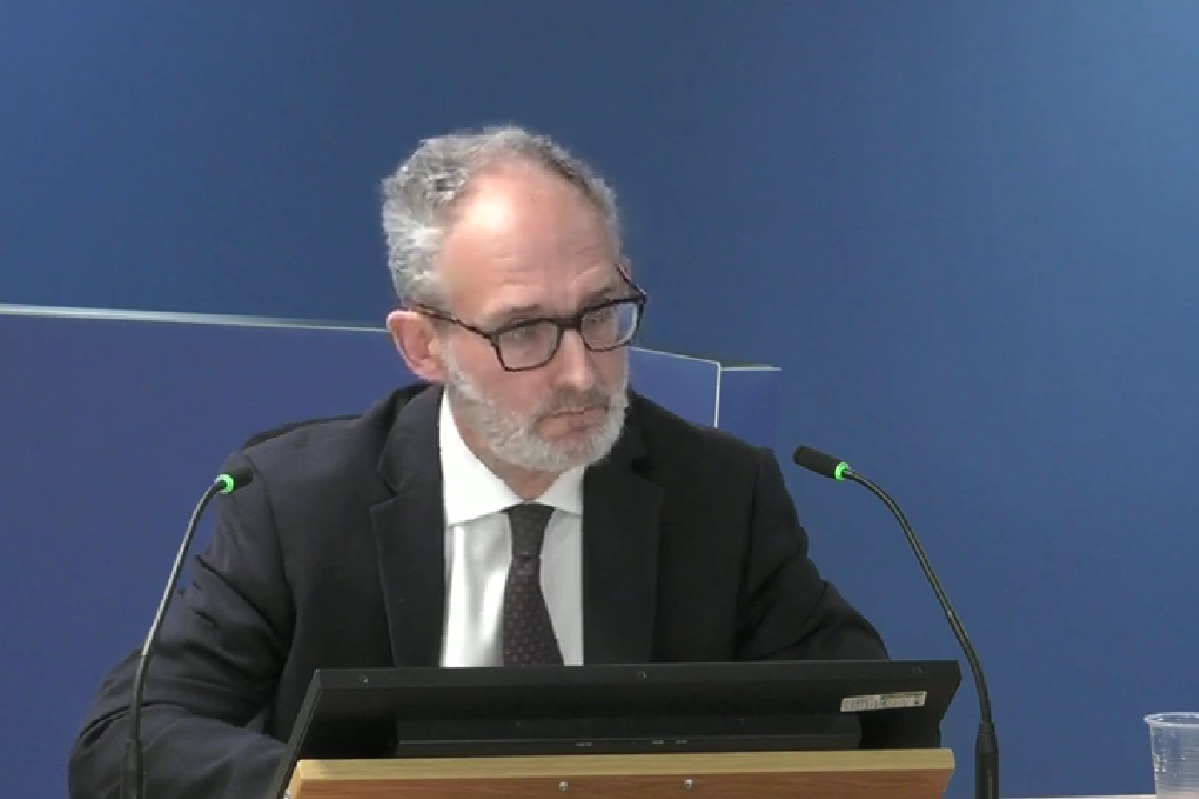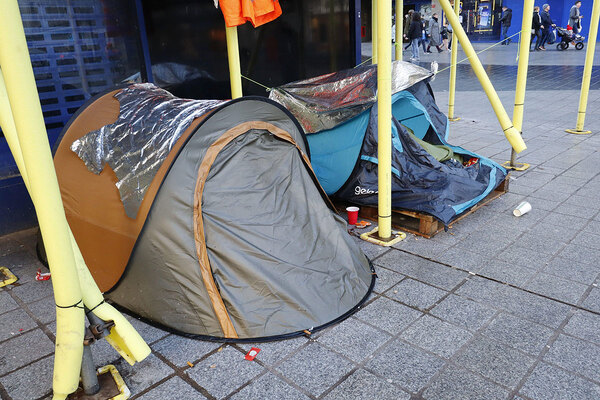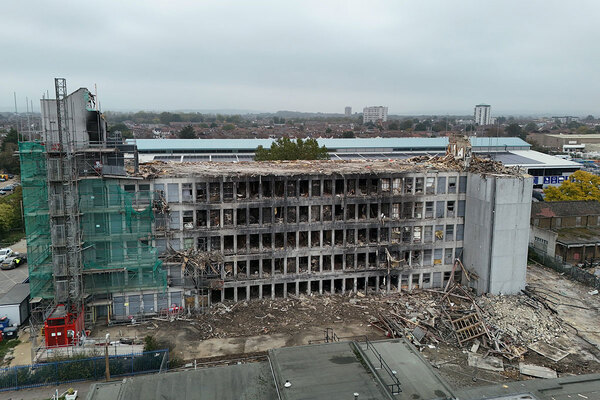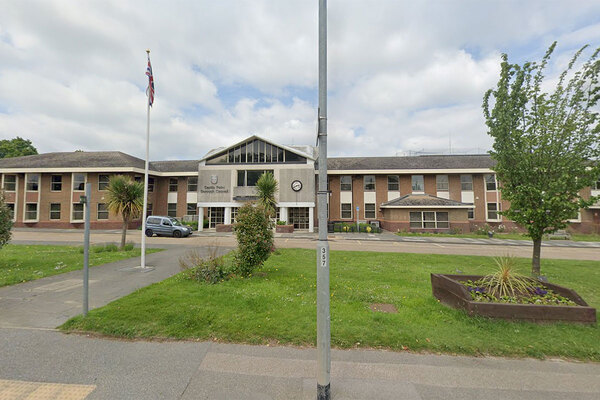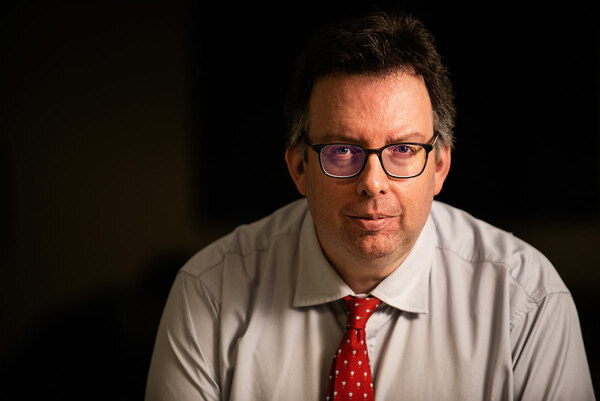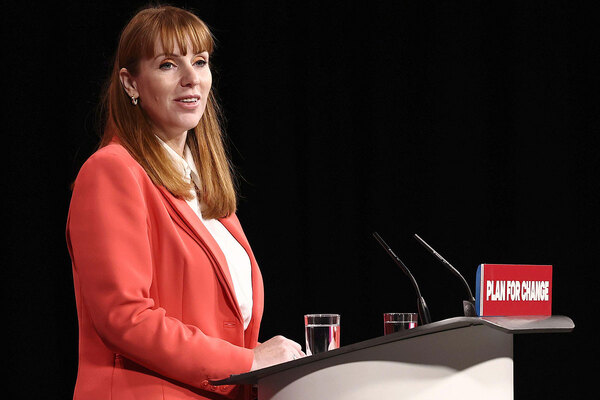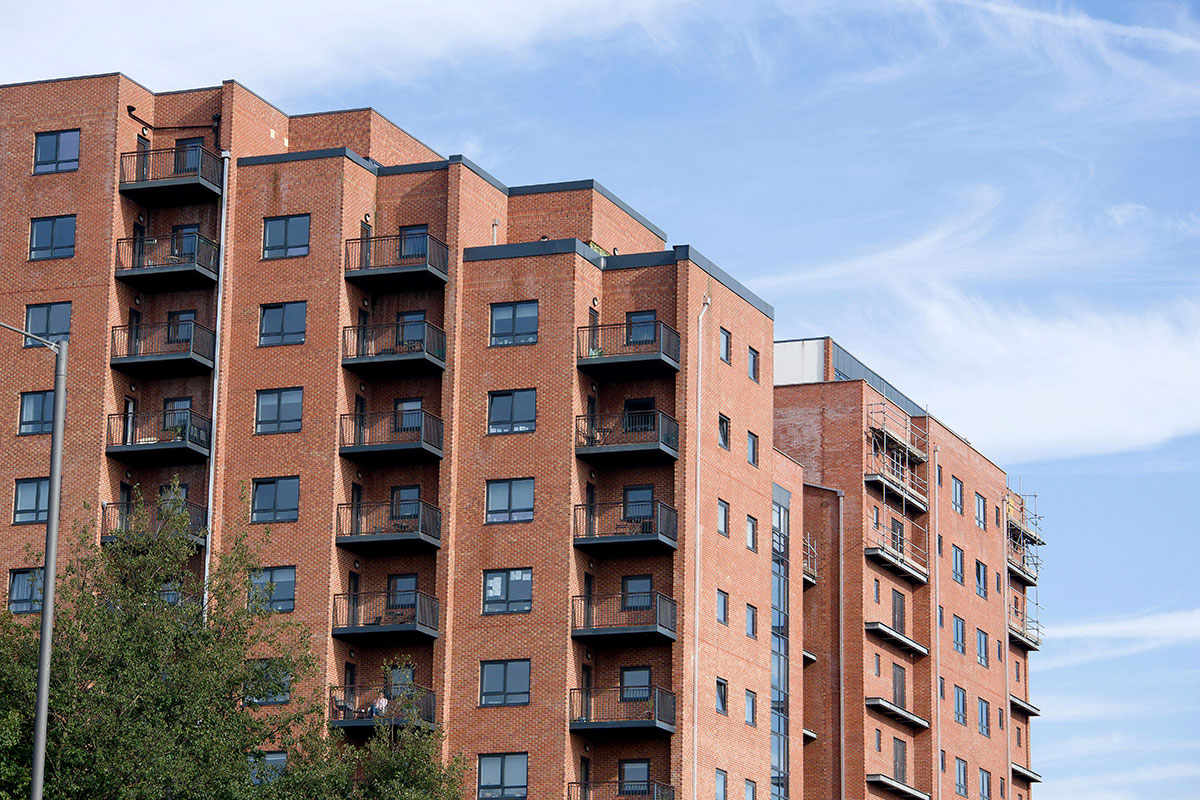KCTMO mistakenly listed people who died in Grenfell fire as ‘safe’ in wake of tragedy
Several people who died in the Grenfell Tower fire were listed as “safe” in a list compiled by Kensington and Chelsea Tenant Management Organisation (KCTMO) in the aftermath of the fire, the inquiry heard today.
Several people who died in the Grenfell Tower fire were listed as “safe” in a list compiled by Kensington and Chelsea Tenant Management Organisation (KCTMO), the Grenfell Tower Inquiry heard today.
Teresa Brown, who served as director of housing at the organisation between February 2014 and June 2018, apologised for the “distressing” error after being grilled about a list recording the status of Grenfell residents KCTMO was collecting and updating in the aftermath of the fire.
The list, which was on a spreadsheet being shared via the TMO to the council and other organisations involved in the emergency response, was divided into general – the most up-to-date list of known residents in the tower, those who were missing, and those who were safe.
But it emerged that several people who died in the fire were inaccurately listed as ‘safe’ in the spreadsheet that was circulated at 12.21pm on 14 June, including Denis Murphy, the El-Wahabi family, and Khadija Khalloufi.
Richard Millett QC, lead counsel to the inquiry, said: “We know unfortunately that those people lost their lives in the fire. Do you know why they are listed on the TMO’s list at this time as safe?”
Ms Brown said: “This was one of the first of the list that we produced on the day and this was based on information that was being given to us at the rest centre.
“There are further versions of this where we try and qualify the information that we were given in the day and check it over the course of time during that day and the subsequent days to try and verify it.
“There’s one spreadsheet where we say they were reported as safe yesterday but now we can’t contact them, so we attempted to qualify this data in the following few days.
“I accept we won’t have got everything right.”
A later version also included 12-year-old Jessica Urbano Ramirez on the safe list, when she also actually died in the fire.
Ms Brown said she was unable to account for the mistake.
“No… all I can do is apologise. It’s very distressing I’m sure for everybody but I would look at later lists,” she said.
She accepted that this could have led to people being given the wrong information about their families.
Asked if she understood what happened in the case of Ms Urbano, she said: “All I can think of is that somebody did report her safe in one of the rest centres.”
Bereaved family members have previously told the inquiry the distress they felt after wrongly being told their relatives were safe.
Ms Brown was also asked about the system whereby KCTMO staff were recording information about residents on pieces of paper in the rest centres.
The inquiry heard that this was criticised by Clare Richards, the chief executive of the Clement James Centre, one of buildings that was being used as a rest centre.
Ms Brown had gone to that rest centre to help when she arrived at the scene in the early hours of the morning.
Mr Millett read from Ms Richard’s statement: “The TMO staff wrote information on scraps of paper and they didn’t seem to have a system.
“They didn’t seem to be capturing an accurate record of everyone that was arriving at, or leaving, the site and who they were looking for.
“I offered on a number of occasions for our staff to assist the TMO staff and the use of a laptop to capture all the information on a spreadsheet.
“They always turned down this offer.”
Ms Richards said she then asked some staff to go around the site to ensure everyone’s information was being collected on their spreadsheets.
“A member of TMO staff saw that we were doing this and asked for our records, as she said that only they should be collecting this information and that it would be very confusing if there was more than one list,” she said, adding that staff handed over the records.
“I continued to offer the assistance of our staff team and laptops. They repeatedly turned down this offer,” Ms Richards said.
Ms Brown said she couldn’t remember the offer of laptops.
“I wouldn’t call it scraps of paper – we were using pieces of paper. But we did have a method, we did have a plan. We would have not wanted to start recording information on a different database.
“I really felt that we needed to put it onto the one spreadsheet so the margin for error was minimised as much as it could be,” she said.
On the claim that the TMO was not recording an accurate record of residents, Ms Brown said they tried to make sure they weren’t missing people through setting up close to the door and phone rounds.
“Yes, we may have missed people despite our best endeavours… but I thought we had a process in place that was as efficient as it could be,” she said.
In the afternoon, Ms Brown was asked about the evacuation and re-housing of the residents living in the walkways beside the Grenfell Tower.
The role of the KCTMO was to facilitate residents moving back in and to offer support and signpost support services where needed.
The council had made the decision to move residents back in the same week of the fire, but the inquiry heard that Ms Brown had concerns about this because some of the homes had no gas, and therefore no hot water or heating, some doors were broken, and there had been break-ins and thefts.
Ms Brown relayed her concerns to Stuart Priestley, chief community safety officer at RBKC at the time of the fire, on 15 June.
“And I suggested that returning residents should not be rushed back until we could ensure proper provision of services, rerouting of refuse arrangements, and cleaning up the area,” Ms Brown said in her witness statement.
She said she assumed that Mr Priestley would feed her concerns back into the BECC [borough emergency control centre].
Mr Millett said: “In your view, were those properties in a fit state to be lived in?”
Ms Brown said: “I was concerned when I did the walk around that night that there was still water lying on some of the floors where the fire brigade had run their hoses to the blocks.
“I was concerned about an immediate need to clear all that and do electric checks. I was concerned there was a lot of work for us to do.”
Ms Brown also repeated her concerns to her manager, Sacha Jevens, who “shared the concerns”, but said that she had been told that the TMO had to go with the gold group – senior council – decision.
Mr Millett asked whether Ms Brown believed the council was engaging appropriately at the time with the issues that would affect returning evacuees.
She said: “I think they had made the decision. At this point in time, they had a huge amount of people in hotel accommodation in the middle of the summer and I think they had some very difficult decisions to make about where all these people were going to go.”
The inquiry was also shown an email from Judith Blakeman, one of the local Labour councillors for the area surrounding Grenfell Tower, to other councillors and the council’s chief executive Nicholas Holgate on 19 June asking to “please, please end this chaos”, referring to moving people back into the nearby homes.
“Can someone please advise urgently and take action on the situation of the evacuees who have been forced to move back into their entirely unsuitable and probably unsafe homes at Barandon Walk and Testerton Walk.
“The walkway doors are being left open and people are getting in and trying to rob their homes,” she said.
Asked if she agreed with this, Ms Brown said she had arranged for police officers to be placed at the entrances of the walkway blocks.
“So in terms of security I didn’t think this was an issue, or we had done everything we could at that stage to try and protect the blocks,” she said.
Ms Brown was also questioned about an email sent by Sally Randall, then head of social housing at the Department for Communities and Local Government (DCLG), on 20 June, sent to the office of Melanie Dawes, former DCLG permanent secretary.
She referred to a conversation she had with Barbara Brownlee, director of housing at Westminster Council, during which Ms Brownlee said that KCTMO has “no leadership” and that everyone is “dithering”.
She said that TMO staff “are drifting around, traumatised” and that there were “rumours that some are cleansing computer records”.
“Staff preoccupied with likelihood of criminal charges,” it said.
Ms Brown said: “I have no idea what’s she’s based those observations on, so I’m not sure I could comment.
“For my part I didn’t feel that people were dithering around. I thought people were incredibly traumatised by what happened.
“What I saw in our staff were staff who were focused on getting on with the job and doing what they could to support people and I don’t recall us being dithering or unable to act or cope.”
Mr Millett later said: “Looking back on it, was it appropriate for the TMO, as you understood it at the time, to be fulfilling key roles in the immediate aftermath of the fire, such as, for example, supporting 845 evacuated residents and organising the restoration of utilities to all these homes?”
Ms Brown said she “never considered that it wasn’t appropriate”, adding that she “just focused on trying to do the best we could” and asked for technical help when needed.
Asked if there was anything she would do differently, Ms Brown said the issue of contacting next of kin is something that she “really dwells” on.
“That’s something that residents should work with housing organisations on because we won’t always know the details of next of kin… and clearly there were a lot distressed next of kin looking for information.
“I think it would have been very helpful if we’d had more details that we could have shared with the Casualty Bureau, so they could have communicated with those residents much earlier,” she said, adding it would be very important to have next of kin details in databases going forward.
The inquiry continues.
Sign up for our weekly Grenfell Inquiry newsletter
Each week we send out a newsletter rounding up the key news from the Grenfell Inquiry, along with the headlines from the week
Already have an account? Click here to manage your newsletters
